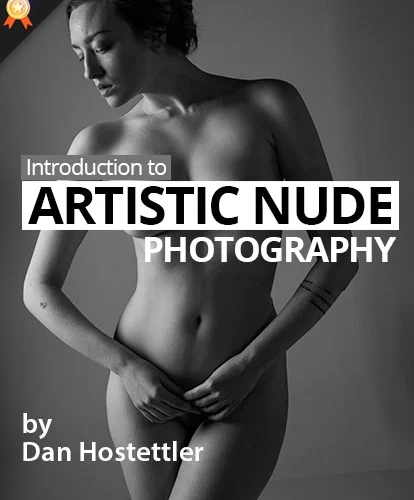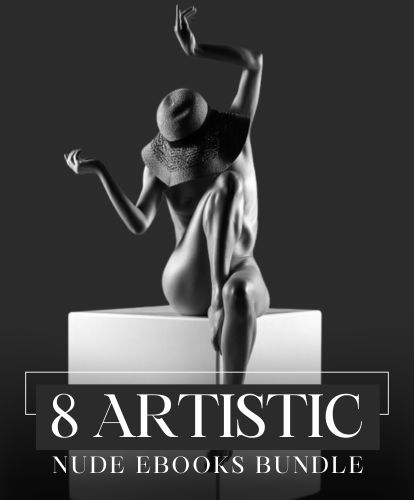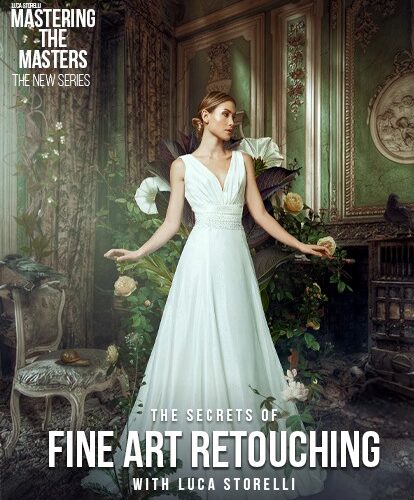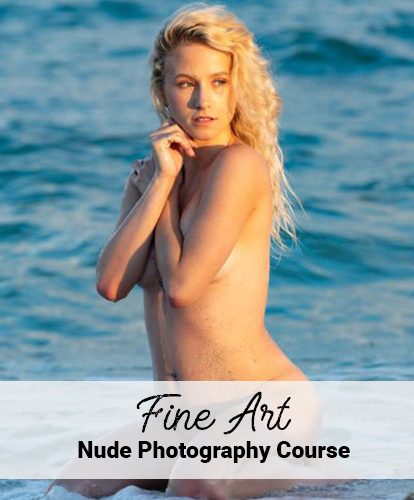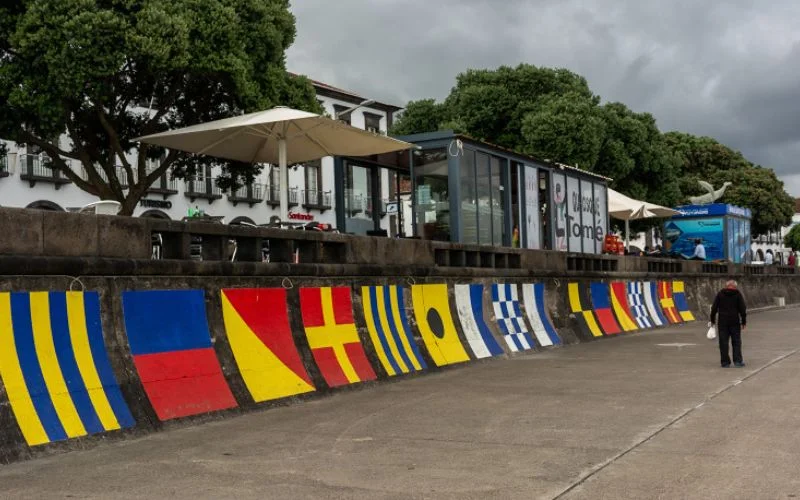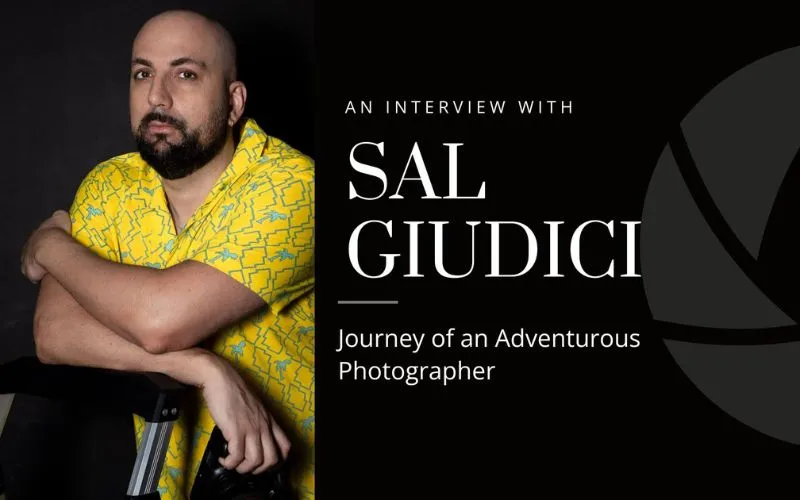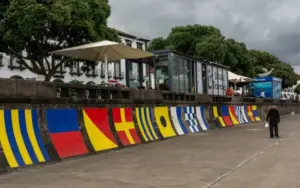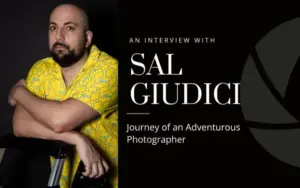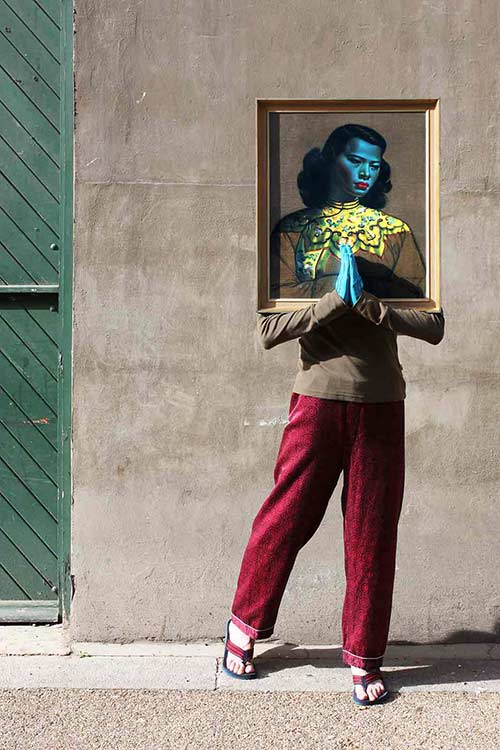
It’s almost a guarantee, a universal fact of life. If you have a family, you also have, somewhere deep in your pocket of history, a family portrait that looks just like every single one that has ever been made. If you’ve seen one family portrait, you’ve seen them all. But why do family portraits end up looking the same? Who said this genre of photography had to include what it does?
Nigel Grimmer makes photographs that expose the pressures placed on photographic genres. Putting his family in dunce caps, or having them take selfies as roadkill, Grimmer has previously explored what gets included in a family photo album. In the most recent project by Nigel Grimmer, Art Drag, he takes a shot at one of photography’s principal illusions — depth. Just as flattening the world to a map creates distortions to shape and size, a photograph also distorts a 3D world into a flat fantasy. The paintings highlight that — within a photograph — what you see isn’t always what you get.
In this interview, Grimmer talks about his start, explains more about Art Drag, and reveals how you can participate with Grimmer by sending your own photos.
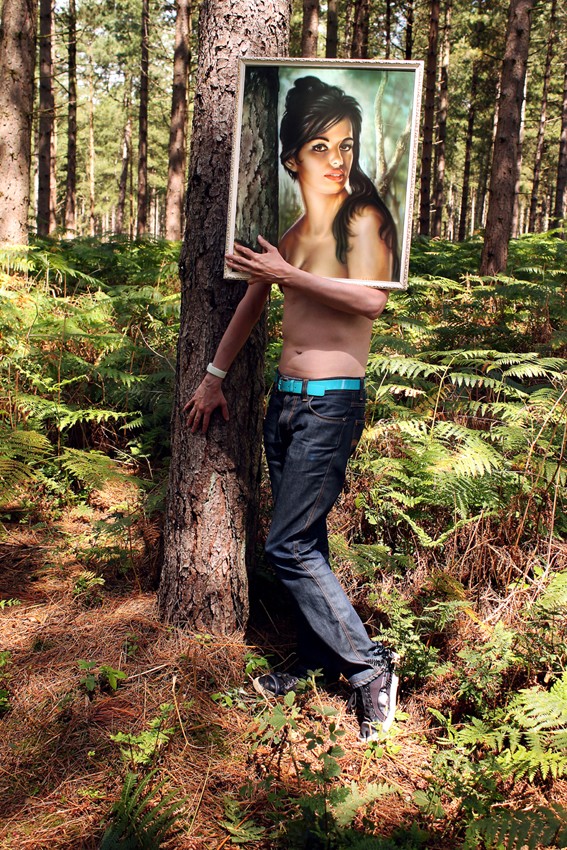
How did you get your start in photography? How would you describe your work?
At nineteen I studied a Fine Art degree in Sheffield in Yorkshire, England in sculpture, actually. Many of the people on the course were older than me and had a great deal more life experience. I wanted to work with a subject that I could discuss in an authoritative way, so chose my family, but more specifically the snapshots I’d brought from home. Initially, my sculptures were based on the family imagery, and then actually incorporated the photos. Later I worked more with just photographic prints and studied lens media for my Masters; I have exhibited my photography regularly since graduating in 1998. My photography projects always have a conceptual basis, and stem from ongoing research exploring the relationship between images created for private consumption and those produced for public consumption. This investigation has focused on the family photograph album, and more recently portraits employed within social media. I’m inspired by a desire to produce new photographic albums that are freed from the pressures associated with the traditional domestic album.
I read that you want to avoid being precious with your photography. Could you define what precious means to you? Why do you want to avoid it?
When I mentioned in an interview something being too precious, I was talking about technology, saying that I want anyone to be able to join in my projects, so I avoid technology that is particularly expensive or specialist. I do see my photographs as snapshots; they are taken quickly, they involve fairly basic equipment, they are usually based around a social interaction, and perform the function of memento of that interaction.
What elements of technical skill do you think might be overrated? Do you try to keep yourself from overthinking a project?
I use photography as a tool in my art projects, just as I might sculpt or draw. It’s a means to an end, and I want to know just enough technically to achieve my required result. As a conceptual artist I spend a great deal of time thinking about the ideas behind my work. But when I start a project I try to be quite open about the first few shoots, before cementing the ‘rules’ that will make the series.
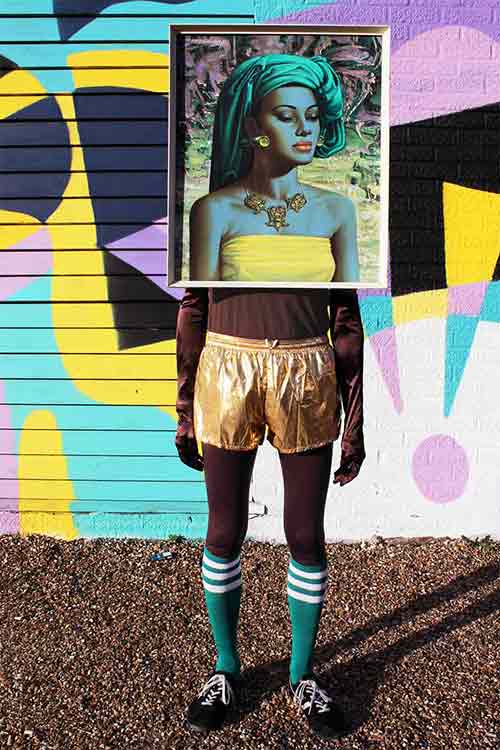
One of your most recent projects is Art Drag Album. Could you explain your aim with this one? What was the idea behind it?
I have begun disrupting the integrity of the picture plane in order to highlight the flatness, and thus the artificiality, of the photographic object. I wish to create my disruptions photographically, as part of the image-taking process. Within my series Art Drag Album I am experimenting with the introduction of a secondary picture plane within the photographic frame; a collection of kitsch vintage paintings are used to create ‘windows’ within the frame causing slippage between the illusionary foreground and background of the photograph.
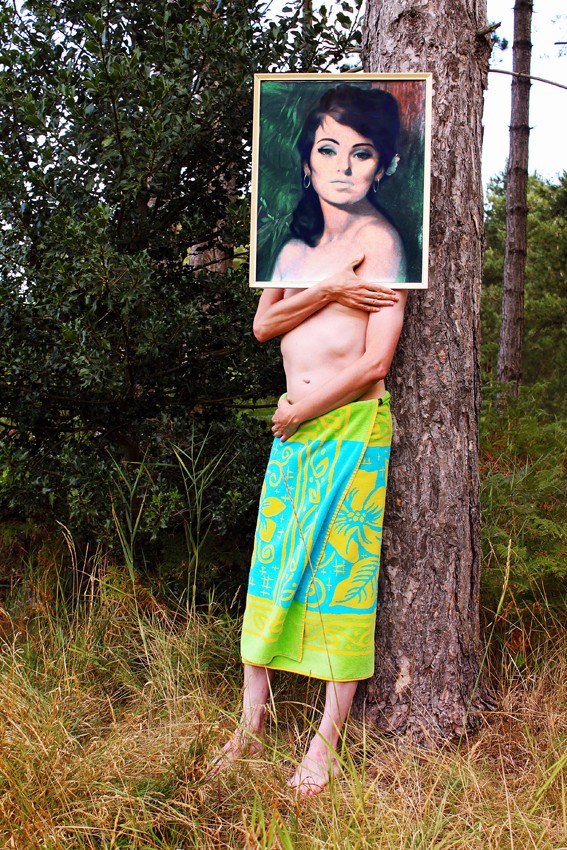
About the art in the portraits, how did you pick the pieces? Was there a system you used to pair it all together?
I wanted to use portraits that were mass-produced yet nostalgic. Much of the history of photography is based on a male quest for an exotic other, and I thought these portraits with their strangely hued women played nicely with the idea of this ‘otherness’. I’ve treated each portrait differently, but have enjoyed turning these exotic beauties into something jarringly common or familiar; now they are walking the street in sportswear or pyjamas, the exotic has long since been assimilated.
You feature images sent from other photographers on your site. Have you ever been surprised by any of the images sent to you? Do you have any favorites?
There is a section on my site where anyone can add his or her own portrait to any of my projects called “I could have done that!” My favourite is by a boy called Andy Barbour who reproduced one of my Roadkill images, but chose to kill Jar Jar Binks from Star Wars in his photo; that really made me laugh!
You’ve said that a lot of your work is a response against a constructed nature of images. You don’t want every family portrait to look the same, for example. Why do you think formal techniques spread the way they do? Does photographic language evolve from camera technology?
Initially many of the formal qualities of snapshot photography were indeed based around the limitations of the initial mass-produced cameras. The lenses in the cameras were suited to photographing a group of people rather than an individual for example. The media has a strong influence on shaping the images we produce. Whereas my parents or grandparents might produce snapshots that mirrored the family depicted in adverts or on holiday brochures, my students copy selfie memes they see on the Internet – planking, owling, hotdog leg, etc. Often these memes are only understood formally. Their origins are lost. We like to feel part of something, and we don’t like standing out as different; we mirror the images without knowing why. At least with these Internet memes anyone can join in, since the photographs are self-portraits, whereas the family album put pressure on anyone who wasn’t part of a traditional family structure.
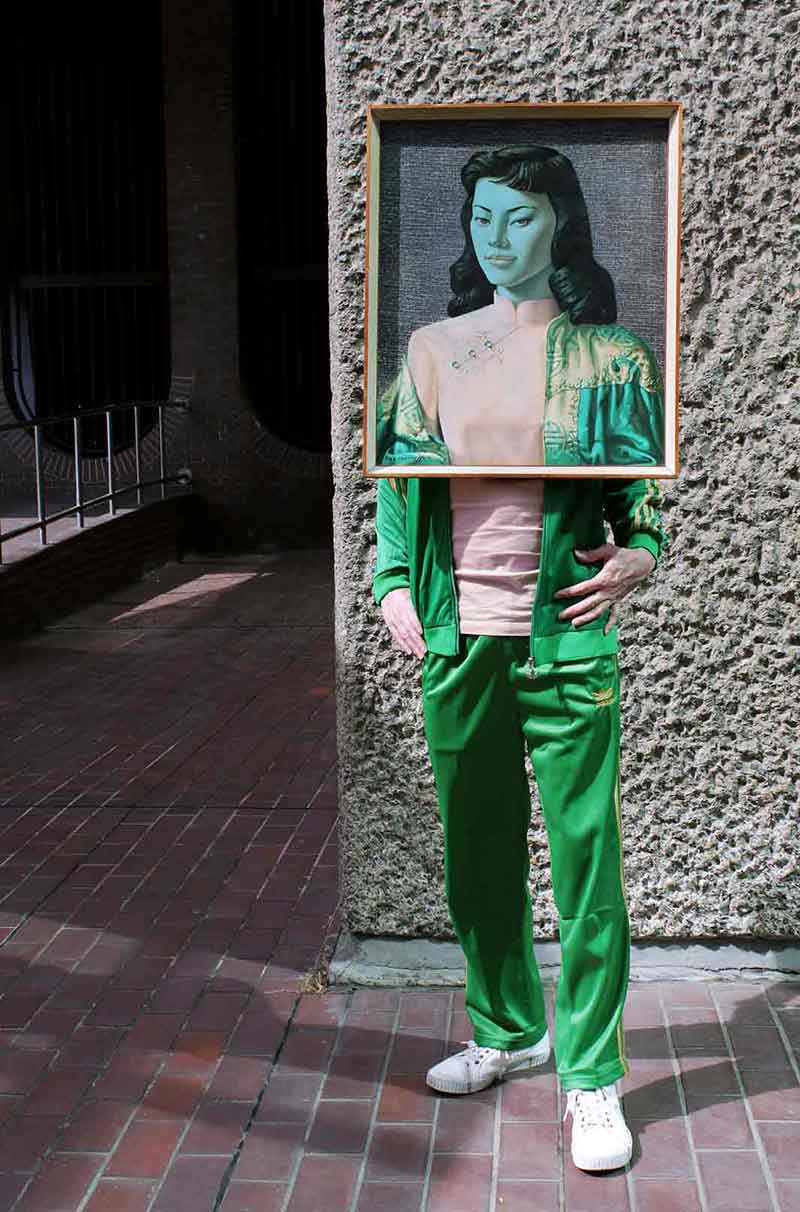
What have been the greatest artistic moments in your life? Any last words?
I recently had a touring show called Plastic Life, which travelled around galleries in the UK and had over 25,000 visitors. On the last day of the show the photographs were bought for an art collection in a stately home! Most of my major projects have been funded by the Arts Council England who has been great supporters of my work. I recently sold my first work in NYC, some of the Art Drag Album! As soon as I can find a publisher I’m hoping to produce the first book of my photographic projects called Anti-Portrait. The greatest achievement though is probably having my projects supported by family and friends, most of whom appear in the work or have helped with shoots. Thank you!
Want to know more about check out: What is Fine Art Nude Photography
If you want to see more work of Nigel Grimmer, you can check out his website www.nigelgrimmer.com or follow him on twitter @nigel_grimmer.

